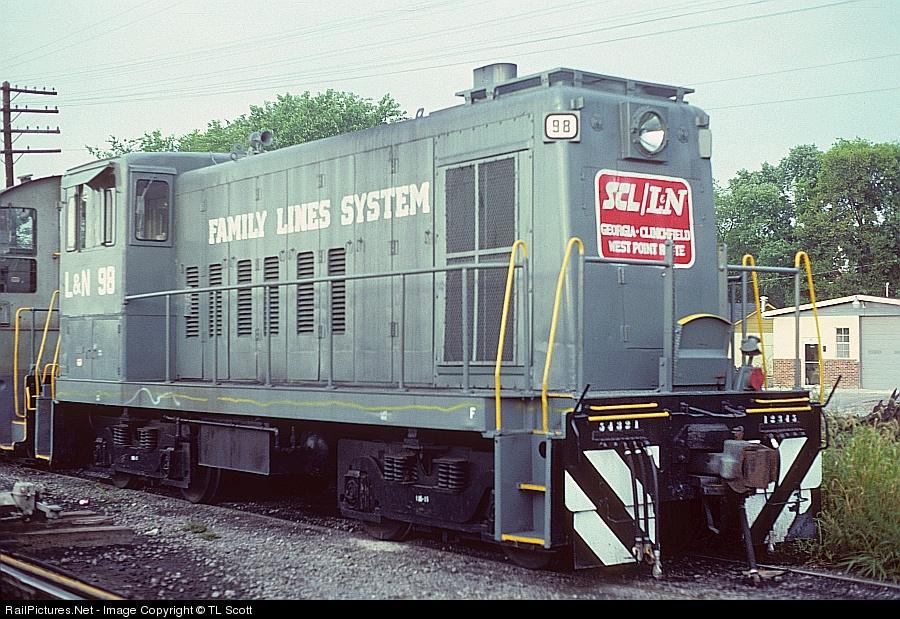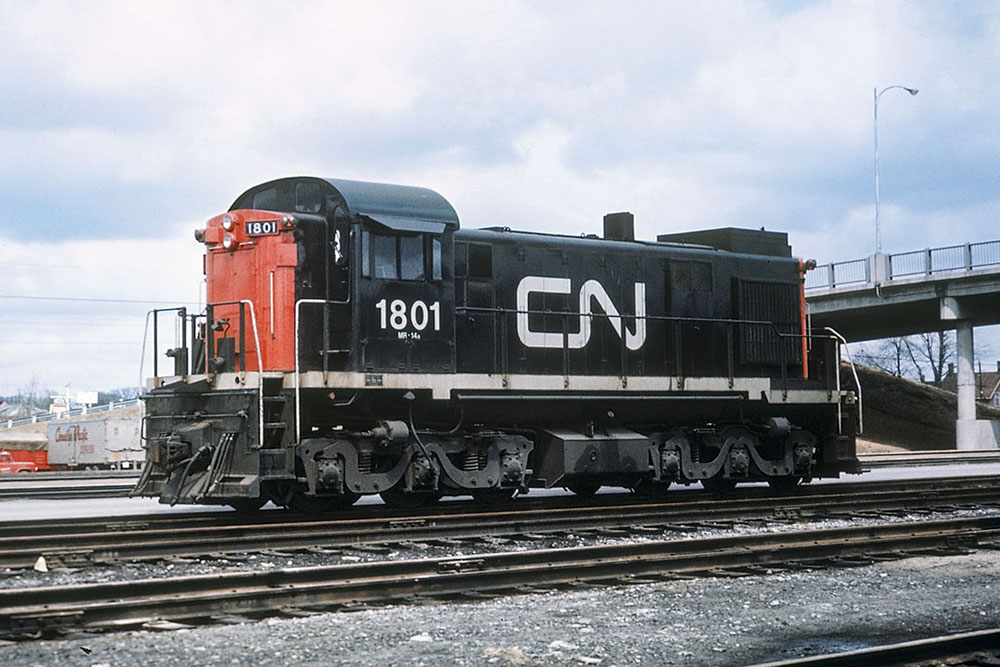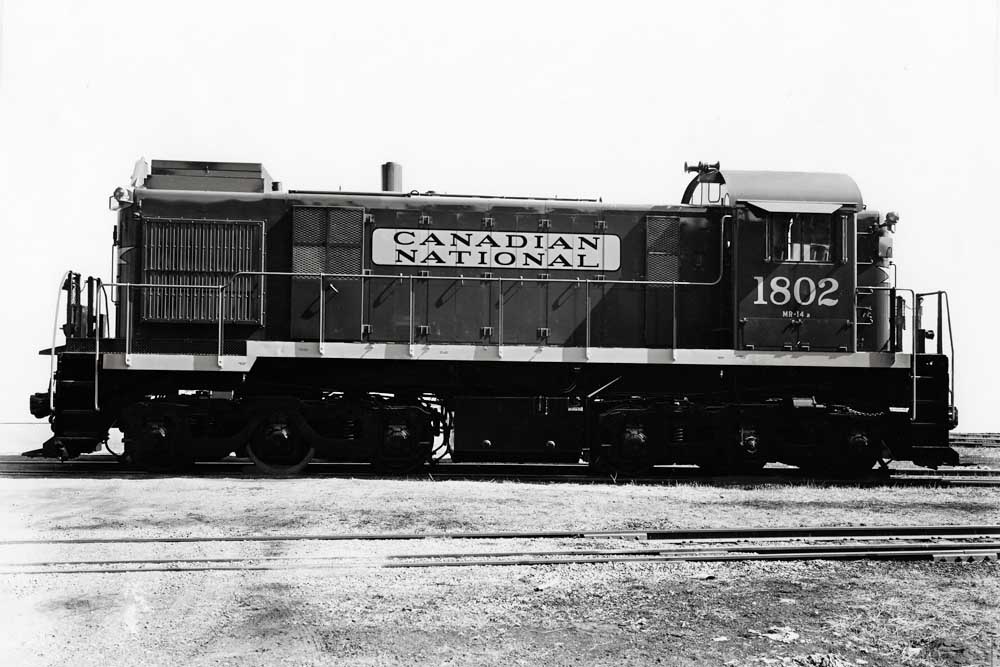Alco also never really got into the update/rebuild/repower program. EMD was rebuilding all sorts of stuff in the '50s and '60s. Some of it was their own products, like upgrading the B&O's EMC EAs and ATSF's E1s and E3s into "E8Ams" or upgrading older end-cab switchers to SW8 spec or taking old Great Northern FTs and converting them to "GP5s". There was also a lot of rebuilding competitors products with EMD powerplants at the La Grange plant, like 567-powered DL-109s for Milwaukee Road and Rock Island, repowered F-M C-Liners and Erie-Builts and Baldwin DR-4-4-1500s for New York Central, an EMD-ized Alco PA for ATSF, MKT's RS-3ms, or the whole rebuild program on EJ&E's big Baldwin DT-6-6-2000s. EMD also provided components and support for a lot of railroads that were DIYing it at their own shops.
Alco never outright offered any large programs to rebuild older 244 locomotives with 251 power, or if they did there isn't any documentation of it, and they didn't really do a lot of repowering of foreign equipment either. The only real instances of 244-to-251 upgrades that I can find were a couple of Alco FA-2s owned by Lehigh Valley that Alco installed 251 prototypes into for road-testing, and MLW rebuilt some Canadian National FPA-2s into "FPA-2us" that were basically FPA-4s afterwards. While there were a bunch of RS-3s repowered with 251s, those were all either done by an outside contractor (Morrison-Knudsen did the D&H's RS-3us and PA-4us) or in a railroad's own shop (like Green Bay & Western's RS-20s). Likely part of that was because it wasn't as simple as removing a 244 and bolting a 251 in it's place, or swapping power pack assemblies, like on an EMD. A lot more engineer was required.
When it came to repowering non-Alco equipment with Alco prime movers, there are only two instances that I can find. The first was the A-B-A set of Alco RF-16s that Alco did for PRR in 1959. With Baldwin having left the market, and a sizable roster of Baldwin diesels that now didn't have large-scale support, PRR sent an A-B-A set of Baldwin RF-16s (#2001A, #9583B, #9726A) to Schenectady. They had their Baldwin/De La Vergne 608A engines removed and an 1800hp 12-251B engine installed, along with a GE GT-581 maine generator. They did retain their Westinghouse 370 traction motors, which were robust, if difficult to service and replace. There is no mention of other electrical gear (GE vs. Westinghouse), other than to say that their original pneumatic throttle/M.U. system was replaced with electric, which allowed them to mate with other makes and models. Returned to PRR as #9632A, #9632B and #9633, they performed quite well, but the rebuild program was found to be too expensive to warrant further duplication and there were also supposedly issues with the cooling systems. In any case, it didn't extend their lives in any noteworthy fashion, with the #9632B done by May of '65 and the two A-Units retired by July of '66. Meanwhile, New York Central still had 608A-powered RF-16s on their roster until 1967, and they then went and ran over on Monongahela Railway for another 7 years, before ending up on the D&H until '77.

The other one, which was actually replicated, was the Wabash's Fairbanks-Morse H-24-66s that Alco swapped with 2400hp 16-251s. There's not a ton of details on these, so I don't know if they kept the Westinghouse generators and traction motors, but they were done by Alco to all eight of Wabash's H-24-66s. The major visual difference was the addition of air filter boxes like an RS-36s along the front of the long hood. The conversion was done just six months before Wabash was merged into N&W along with the Nickel Plate, AC&Y, and P&WV, and it's odd that they were done that late. I have to wonder if N&W would have preferred they been left with their F-M power plants, since F-M already had regular H-24-66s on their roster from when they had absorbed Virginian, and now had regular Train Masters and mongrelized Train Masters as well. They ran for a while for NS before both the Virginian units and the Wabash units were cut down to make slugs out of.





























































